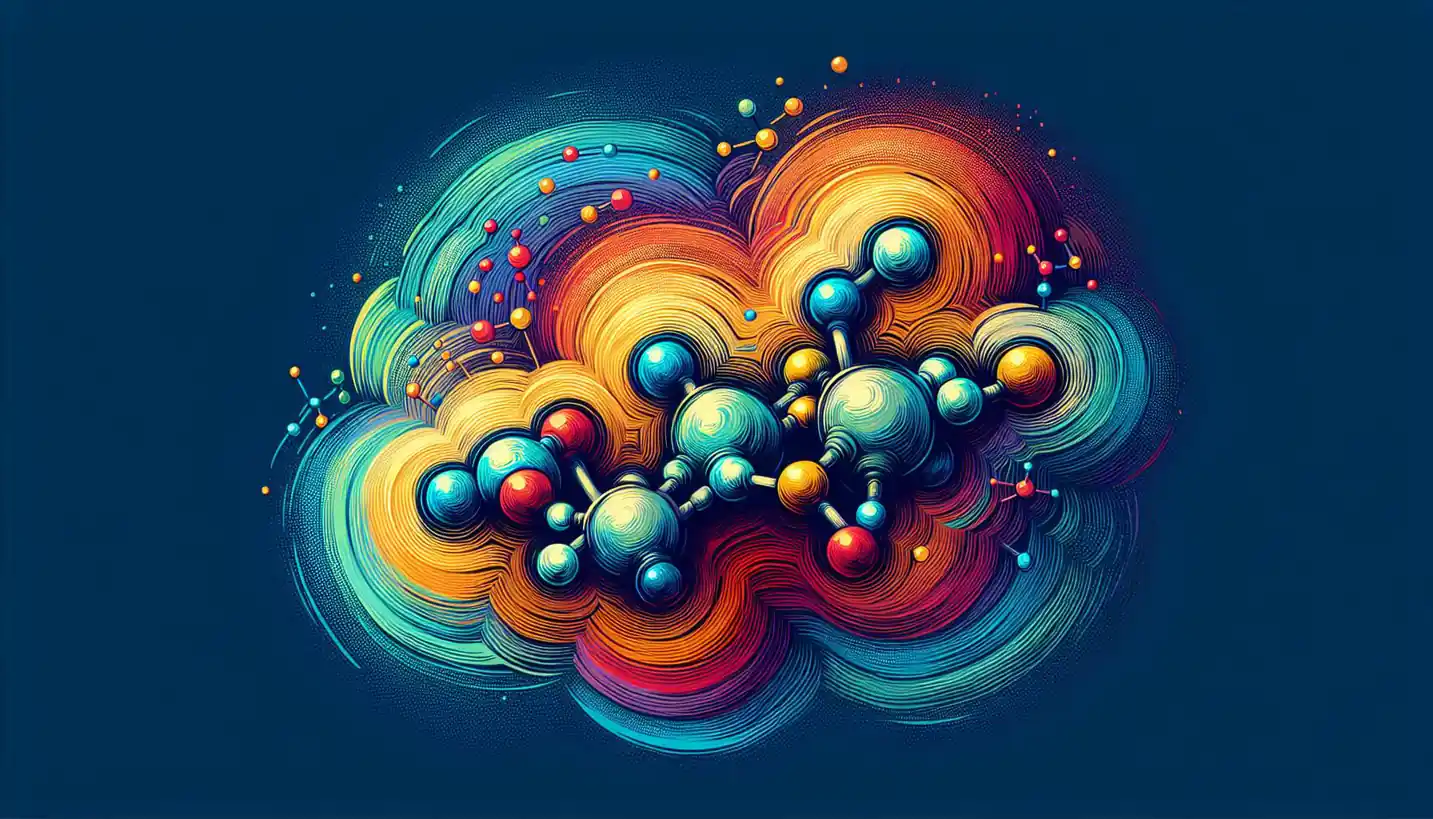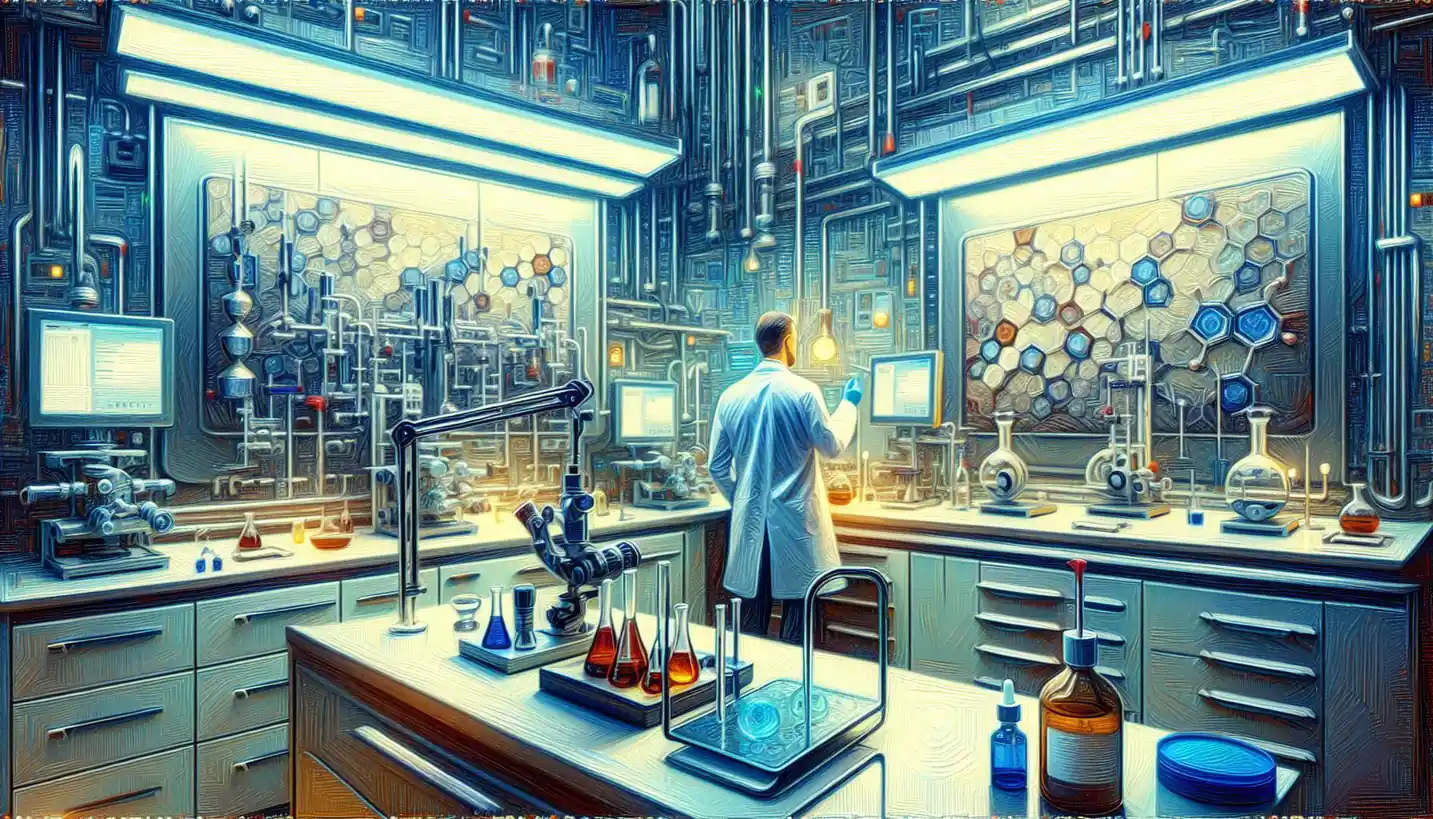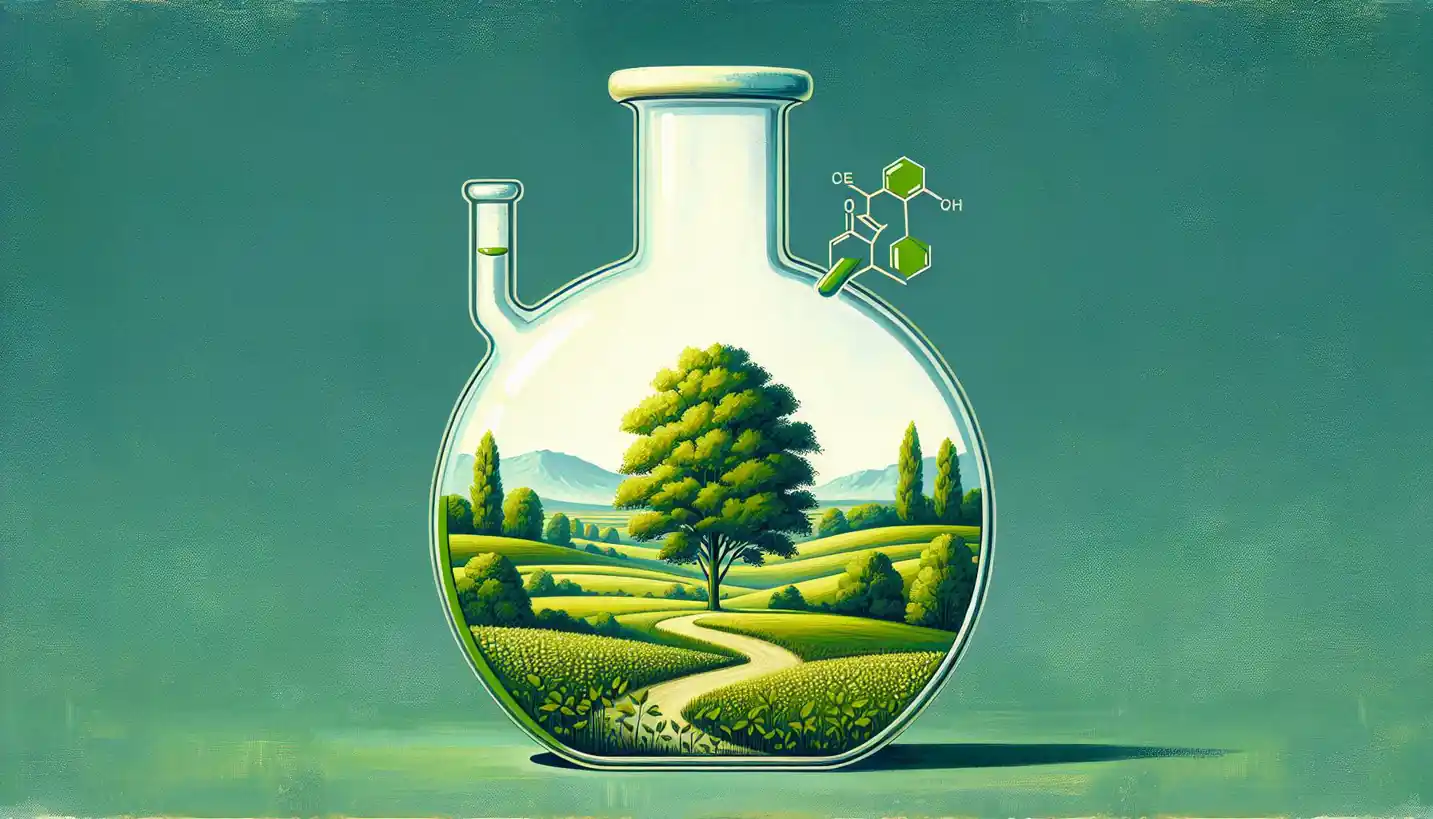· Chemistry · 5 min read
Electrophile: The Curious Creatures of Organic Chemistry
Electrophiles are curious creatures in organic chemistry, attracted to electron-rich partners. Explore their role in initiating chemical reactions.

Once upon a time in the intricate world of molecules, there existed some very curious characters called electrophiles. These little entities are a bit like people who love attention; they can’t resist the allure of electrons. Let’s dive into the fascinating universe of electrophiles in organic chemistry.
Imagine you’re hosting a party, and everyone’s buzzing around, full of energy. Suddenly, someone walks in who just can’t get enough of everyone’s attention. In our molecular party, this person represents the electrophile. It’s a chemical species that positively charges or is electron-deficient, always on the prowl for some extra electrons to feel complete.
What Are Electrophiles?
Electrophiles are a key concept in organic chemistry, acting as the parts of molecules that seek out reactions. Their name gives them away: “electro” meaning electrons and “phile” meaning loving. These molecules or ions have an affinity for electrons because they’re either positively charged themselves or they’re desperately lacking electrons. Picture them as magnets pulling in any electron-rich fellow they meet.
How Electrophiles Work
Now, why do electrophiles behave this way? It all boils down to atomic structure. Atoms want to be like the noble gases found on the far right of the periodic table—all harmoniously balanced. But electrophiles are like people who can’t find their car keys: they’re incomplete. They’re trying to achieve that balanced state by snatching electrons from others.
There are various types of electrophiles, depending on their particle makeup. Some common electrophiles include positively charged ions like hydrogen ions (H^+) and other electron-poor molecules such as carbonyl groups (C=O).
Why Are Electrophiles Important?
You might be thinking, why should we care about these electron-hungry molecules? Electrophiles are essential because they drive many chemical reactions. Picture a busy chef in a kitchen. Without the right ingredients (in our case, electrophiles), they can’t create the dish they desire. Similarly, in chemistry, reactions often can’t proceed without the interaction between electrophiles and their counterparts, nucleophiles.
For example, in organic synthesis, which is crucial for creating pharmaceuticals, plastics, and other materials, electrophiles play a starring role. Their ability to accept electrons allows chemists to manipulate and build complex molecules, crafting new bonds and structures essential for modern life.
Electrophiles and Nucleophiles: The Dynamic Duo
Think of electrophiles and nucleophiles as the Batman and Robin of the chemical world. Electrophiles, with their eagerness for electrons, are perfectly matched with nucleophiles, which are particles that have plenty of electrons to share. In organic reactions, nucleophiles donate electrons, while electrophiles accept them, leading to the formation of new bonds.
An excellent example is a reaction known as electrophilic addition, commonly seen in alkenes. Alkenes have double bonds rich in electrons. When an electrophile encounters an alkene, it’s like a moth to a flame, causing the double bond to open up and create two new single bonds. This process is pivotal in forming everything from anti-inflammatory drugs to everyday polymers like plastics.
Real-Life Examples: Electrophiles in Action
Let’s ground this chemistry talk by looking at real-world examples:
Aromatic Substitution: This reaction is crucial for creating many substances, including dyes and drugs. An electrophile will attract an electron-rich benzene ring, replacing one of its hydrogen atoms. This tiny change can drastically alter the properties of the compound, making it incredibly valuable for chemical synthesis.
Addition to Alkenes and Alkynes: As mentioned earlier, electrophiles find their favorite playgrounds in alkenes and alkynes. These hydrocarbons’ rich electron clouds are perfect for electrophiles looking to form new bonds, aiding in the production of thousands of products, from synthetic rubber to vitamins.
How to Spot an Electrophile
Identifying electrophiles in a chemical equation or reaction is about understanding their characteristics. Look for molecules with a positive charge or those that have a polarized bond, where one atom is pulling the electrons strongly away from the other. This electrons alignment leaves them starving for more.
Common symbols of electrophiles include “+” charges or partial charges (denoted by the Greek delta symbol, δ+), like in the carbon of a carbonyl group. The more an atom or group wants electrons, the more electrophilic it is considered.
The Role of Electrophiles in Chemical Reactions
Electrophiles aren’t just passive participants in the world of chemistry; they are the catalysts for transformations that fundamentally alter the molecular landscape. The entire concept of electrophilic reactions is driven by this unquenchable thirst for electrons.
These reactions dictate the course of synthesis and design of countless compounds. Take pharmaceutical development, for instance. Crafting new drugs often depends on intricate reactions, with electrophiles as the key players accepting electrons to form stable, life-saving compounds.
Looking Ahead: The Future of Electrophiles
As science leaps forward, the role of electrophiles continues to evolve. Their unique properties are being harnessed in cutting-edge research, from developing innovative materials to exploring new, eco-friendly reactions. The future may see even more sophisticated uses of these electron-loving molecules.
Electrophiles can also inspire new fields of study, such as green chemistry, where the focus is on creating chemical reactions that have minimal environmental impact. By understanding and manipulating electrophiles, chemists can design processes that reduce waste and energy consumption.
Conclusion
In the bustling world of organic chemistry, electrophiles are the life of the party. They bring excitement to molecular interactions with their electron-loving nature, driving essential reactions that shape the very foundation of chemistry as we know it.
So next time you think about chemistry, remember the dynamic dance of electrons, and the crucial role these eager electrophiles play. They may just be the unsung heroes responsible for the colors we see, the medicines we take, and the materials that build our world. Science is full of fascinating characters, and the curious, electron-seeking electrophile is one worth getting to know.



